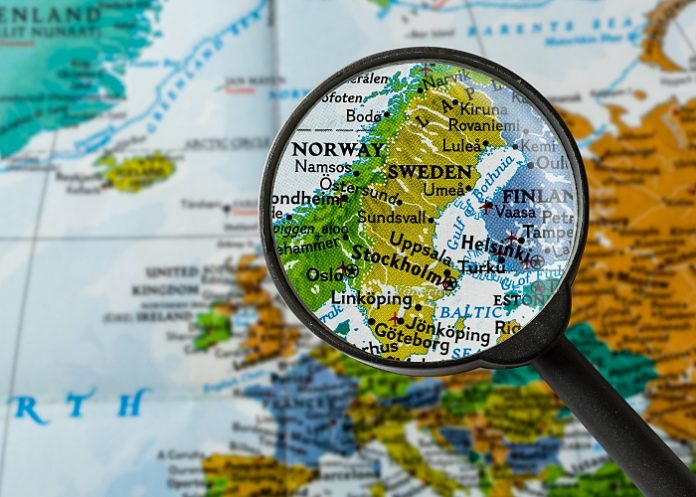Throughout the pandemic, Sweden took its own path by keeping businesses open and most children in classrooms while other countries were locking down, writes The New York Times. The results were mixed: it fared worse than other Scandinavian countries, but better than many of its European neighbours with tougher rules.
But, when cases spiked in the fall and winter, the country relented and imposed restrictions, including ordering some businesses to close and fining people for breaking virus rules. Last week, however, the country lifted almost all of its pandemic restrictions.
To get a sense of how the pandemic has played out recently in Sweden, The New York Times spoke to Christina Anderson, who reports from Nordic states for the paper.
How has Sweden’s recent pandemic experience differed from that of the US or other European countries?
Sweden has a very different mask culture compared with America and other European countries. It was reluctant to recommend masks for a long time. Even after the public health authority urged people to start using masks in public transport, people didn’t always follow the recommendation. You weren’t likely to get yelled at for not wearing a mask. There isn’t a huge debate about vaccination here, either. Vaccination is entirely voluntary in Sweden. Nearly 80% f the population aged 16 and older are fully vaccinated. The most vulnerable population is at about 95%.
Was the Swedish approach to the pandemic a success or a failure? What do Swedes think?
According to a recent survey, 51% of Swedes between the ages of 18 and 79 polled had a high degree of confidence in the country’s pandemic strategy. That has steadily been increasing during the year. People seem fairly happy that they haven’t been forced into lockdown.
But in terms of calling it a success or a failure? There’s still a sense that the jury is out. I spoke to Anders Tegnell, the state epidemiologist, and he doesn’t think that we’re in a position to pound our chests with pride. If you look at the mortality statistics, compared with Norway, Finland and Denmark, Sweden fared much worse. The pandemic highlighted weaknesses in care in the nursing homes. Compared with many other European countries, however, Sweden has done similarly or better, and not much worse.
What are some interesting findings to come out of Sweden’s pandemic approach?
Two come from schools and restaurants. Sweden kept most schools open. The country did a comparative study with Finland, which closed most schools, on school infection rates. The study found that closing schools did not have a significant impact on infection rates. One thing that weighed heavily on public officials when they were deciding to close schools was the high percentage of new residents resulting from the 2015 refugee crisis. They did not want these kids to lose out on getting acclimated to the country and language.
According to Tegnell, restaurants were not a huge place of infection in Sweden. They stayed open, but the public health authority restricted the number of people per party and closed bar service. But you always saw people in restaurants. You always saw life around town. Instead, Tegnell says the biggest vectors of transmission were the home and the workplace. Those places accounted for between 20% and 30% of infections. Ten percent were public places like subways.
What was the mood like when Sweden lifted its restrictions?
People expected it to be a little like 'kosläpp' ('cow release'), when cows are let back into the fields in the spring after a winter indoors. In parts of the country, it was like that. Over the weekend, there were reports that drunk cells in Gothenburg were over capacity. And a columnist likened the vomit splotches on Stockholm streets to a scene in Alien. Most people have been socialising to a certain extent all along. But now bar service has reopened in restaurants, bars and nightclubs. Theatres and the opera have opened, too. It’s been really hard on the older population. They haven’t been able to meet in the same relatively unrestricted way. Now it feels as if life is going back to normal, even for them.
The New York Times article – Coronavirus Briefing: what happened today (Open access)
See more from MedicalBrief archives:
Sweden’s COVID-19 experiment has divided the world
Denmark scraps all restrictions, thanks to a COVID ‘super-weapon’
One-in-10 have long-term effects 8 months after mild COVID-19 — Swedish study

